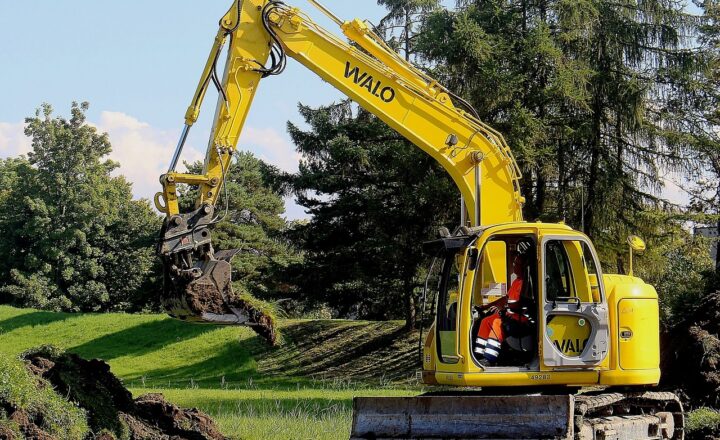
Archaeology is an intricate puzzle, shedding light on the lives of ancient civilizations through the meticulous study of artifacts. Among the most fascinating remnants of the past are animal bones, which serve as valuable clues to understanding the ecological, social, and economic fabric of ancient societies. This article delves into the methodologies employed by archaeologists in uncovering the secrets hidden within ancient animal bones, revealing insights about diet, domestication, and cultural practices that may have otherwise remained in the dark.
1. The Significance of Animal Bones in Archaeology
Animal bones are not just remnants; they are storytellers of ancient civilizations. They provide insights into the following areas:
- Dietary Habits: Bones reveal what ancient peoples consumed, from meat to dairy, and help infer agricultural practices.
- Domestication: Understanding which animals were domesticated can highlight advancements in farming and animal husbandry.
- Cultural Practices: Certain bones may indicate ritualistic uses or signify status within the community.
Thus, the study of animal remains is crucial for reconstructing the lifestyle and environment of past societies.
2. The Process of Excavation and Recovery
The journey of an archaeologist often begins with the excavation site. Here’s a standard process:
- Site Selection: Choosing a location is based on historical records or prior discoveries. Sites near ancient settlements, or in regions where animals were likely raised or hunted, are prime candidates.
- Systematic Excavation: Layers are carefully excavated to maintain the context of where bones are found, as their position can tell a lot about the era and climate.
- Documentation: Each bone recovered is meticulously cataloged and recorded with details about its location, depth, and associated artifacts.
Each step is crucial for ensuring that the information derived is as accurate as possible.
3. Laboratory Analysis: From Bones to Insights
Once excavated, bones undergo a rigorous analysis process in the laboratory. Key techniques include:
- Osteology: The study of bone structure and composition is crucial. Osteologists assess the age, sex, and species of the animals based on their skeletal remains.
- Carbon Dating: For dating purposes, carbon dating techniques can establish a timeframe for when the bones were buried.
- Isotopic Analysis: Examining the isotopic composition of bones can reveal dietary practices and geographical origins, offering insights into migration and trade routes.
These analyses provide a comprehensive understanding of ancient environments and human-animal interactions.
4. Interpreting the Data
Interpretation of findings from bone analysis is critical. Here are some aspects archaeologists consider:
- Species Identification: Identifying which species were present can help reconstruct the ecological landscape and climatic conditions.
- Bone Wear Patterns: Examining wear patterns can indicate how the bones were used, whether for food, tools, or ceremonial purposes.
- Comparative Analysis: Comparing findings with other sites to identify patterns or anomalies in animal usage can inform about trade routes, cultural exchanges, and societal changes.
Such interpretations tell stories that span thousands of years, enriching our understanding of ancient life.
5. Case Studies: Notable Discoveries
A few breakthroughs illustrate the power of studying animal bones:
- The Domestication of Dogs: Excavations in sites like Çatalhöyük reveal the evolution of dogs from wild canines to companions, indicating early human-animal relationships.
- Ancient Grazing Patterns: At the ancient city of Pompeii, analyzing remains of sheep and cattle inform researchers about pasture management and agricultural practices of the time.
- Symbolism in Rituals: In archaeological digs in the Americas, finding large dog skeletons buried with humans has led scholars to suggest these animals were part of burial rituals, indicating their significance in cultural beliefs.
These case studies showcase how animal bones not only inform about diet and domestication but also reflect deeper social structures and norms.
6. The Future of Zooarchaeology
As technology advances, the future of studying animal bones holds amazing prospects:
- DNA Analysis: The advent of advanced genetic sequencing allows for detailed study of ancient DNA, offering insights into animal lineages and their role in ancient societies.
- 3D Imaging: This technology enables archaeologists to create detailed models of bones, aiding in better analysis without causing damage to fragile specimens.
- Public Engagement: Increasingly, public archaeology projects are involving the community, fostering a sense of connection to the past and enhancing knowledge sharing.
Through these innovative approaches, zooarchaeology promises to further illuminate our understanding of historical ecosystems and the role humans played within them.
Conclusion
Uncovering the secrets of ancient animal bones is a testament to the intricate web of life on Earth throughout history. It provides a unique lens to understand how past societies lived, interacted with their environment, and adapted over millennia. As archaeologists continue to integrate new technologies and methodologies, we can expect to learn even more about our ancient ancestors and the animals that walked alongside them. Thus, the field of zooarchaeology stands at a vibrant crossroads, eager for new discoveries that will continue to push the boundaries of our knowledge about the past.







